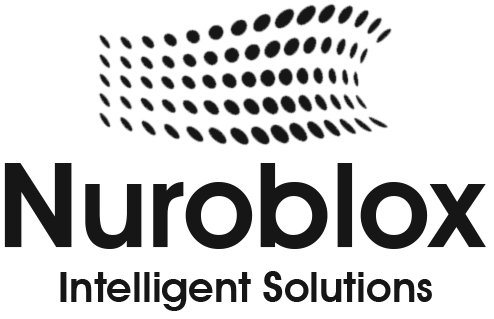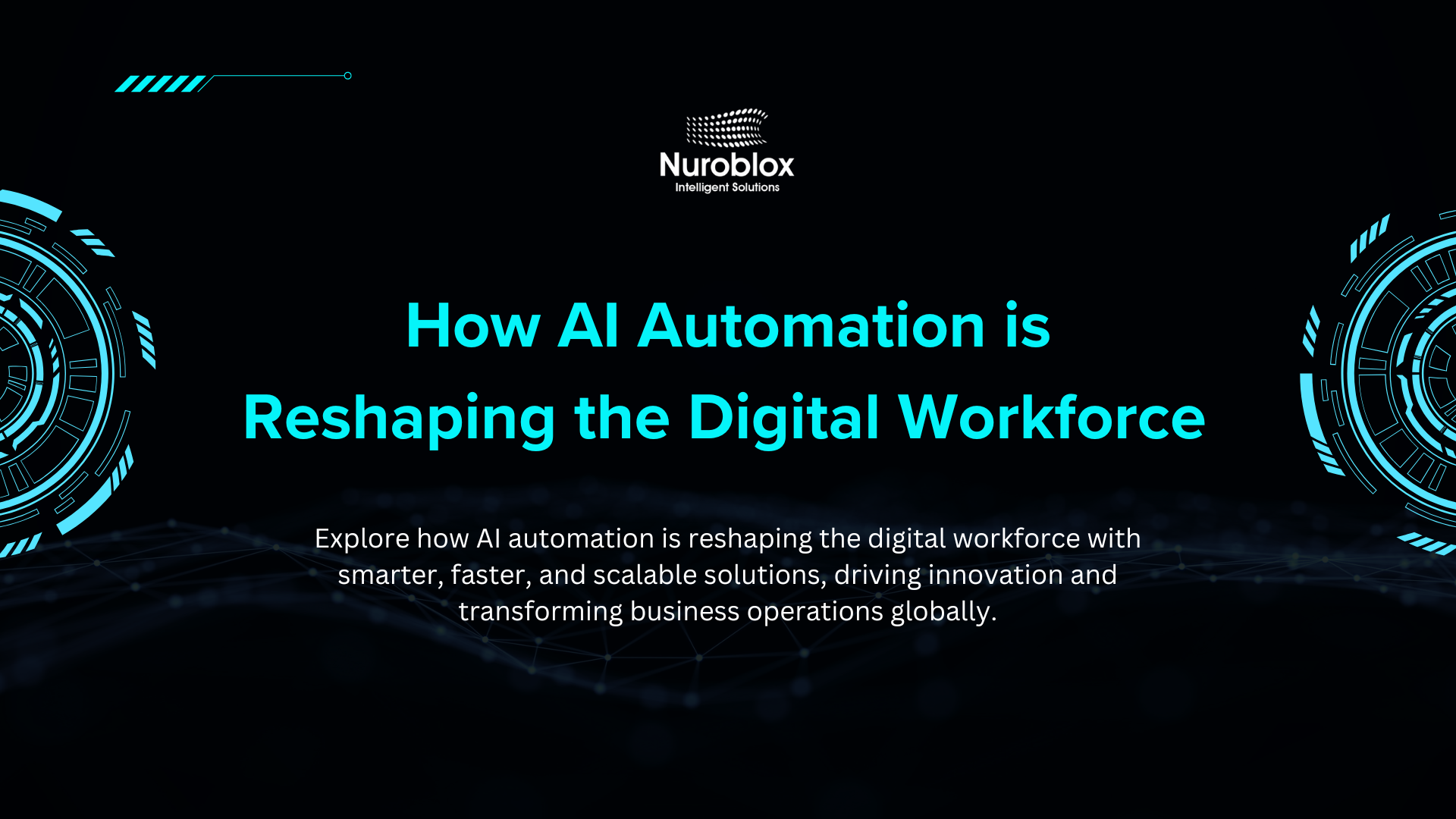How AI Automation is Reshaping the Digital Workforce
In today’s fast-paced digital economy, businesses are under constant pressure to enhance efficiency, reduce costs, and deliver superior customer experiences. The solution for many is turning to automation. However, the automation landscape is complex, often clouded by a confusing array of acronyms and technologies. Two of the most prominent are Robotic Process Automation (RPA) and Artificial Intelligence (AI) Automation. While often used interchangeably, they represent distinct yet complementary forces that are fundamentally reshaping the digital workforce.
This article delves into the critical differences between RPA and AI Automation, exploring how their convergence is creating a new paradigm of work. We will examine their individual strengths, their combined power in the form of intelligent automation, and the profound impact they are having on job roles, required skills, and the very structure of the modern enterprise.
The Automation Spectrum – Defining RPA and AI Automation
Understanding the distinction between RPA and AI is the first step toward harnessing their full potential. They are not competing technologies but rather two ends of an automation spectrum, one based on rules and the other on intelligence.
What is Robotic Process Automation (RPA)?
Robotic Process Automation (RPA) utilizes software “robots” to mimic human actions and automate repetitive, rules-based tasks within digital systems. Think of an RPA bot as a digital assistant that follows a predefined script to execute tasks with precision and speed. It operates at the user interface level, interacting with applications and systems in the same way a human would clicking buttons, filling out forms, and copying and pasting data.
RPA excels at handling structured data and high-volume, transactional processes, such as data entry, invoice processing, and generating reports. Its primary advantage lies in its non-invasive nature; it can be implemented quickly without requiring deep changes to existing IT infrastructure.
What is AI Automation?
AI Automation, often referred to as Intelligent Automation (IA), represents the next evolution. It infuses the process-execution capabilities of RPA with the cognitive power of Artificial Intelligence (AI) and Machine Learning (ML). Unlike its rules-based counterpart, AI Automation can handle unstructured data, learn from experience, and make decisions.
AI provides the “head” for analysis and judgment, while RPA provides the “hands” for execution. This allows AI Automation to tackle more complex, dynamic, and knowledge-based work. It can understand natural language in emails, interpret images, identify patterns in vast datasets, and adapt its actions based on new information.
RPA vs. AI Automation – A Comparative Analysis
To clarify the differences, here is a breakdown of their core attributes –
| Feature | Robotic Process Automation (RPA) | AI Automation (Intelligent Automation) |
| Data Handling | Handles structured data based on preset rules. | Manages both structured and unstructured data seamlessly. |
| Cognitive Function | Emulates human actions at the UI level without cognitive processing. | Performs higher-order tasks like reasoning, decision-making, and learning. |
| Flexibility | Bound by fixed workflows and static interfaces. | Highly adaptable and scalable, with inherent learning capabilities. |
| Task Complexity | Ideal for simple, repetitive, and rules-based tasks. | Capable of automating complex processes that require judgment and analysis. |
The Symbiotic Power – How RPA and AI Work Together
The true transformation of the digital workforce lies not in choosing between RPA and AI, but in integrating them. When AI is layered on top of RPA, it creates what is known as Intelligent Automation or Cognitive RPA, a powerful synergy that can automate complex, end-to-end business processes.
In this model, AI algorithms can analyze unstructured data from sources like emails, documents, or customer calls. The AI can extract intent, categorize information, and make a decision on the next best action. It then passes structured instructions to an RPA bot, which executes the corresponding transactional task across multiple systems.
Consider a healthcare scenario: an AI model could analyze a physician’s handwritten notes (unstructured data) to identify a diagnosis and prescribed treatment. It would then trigger an RPA bot to schedule the necessary appointments, update the patient’s electronic health record, and process the insurance claim in a seamless, automated workflow that was previously impossible. This combination of cognitive intelligence and robotic execution is what turns a basic digital assistant into a truly intelligent digital worker.

The rise of AI Automation has sparked widespread debate about its impact on employment. While fears of mass job displacement are common, the reality is more nuanced. Automation is less about replacing humans and more about augmenting their capabilities, leading to a significant evolution of job roles and skill requirements.
Shifting Roles, Not Just Replacing Them
AI and RPA are primarily aimed at automating the mundane, repetitive parts of a job, freeing up human employees to focus on higher-value activities that require creativity, critical thinking, and emotional intelligence. For example, an administrative assistant who once spent hours on data entry can now dedicate that time to improving customer relationships and resolving complex issues.
Data from the World Economic Forum supports this view, predicting that while automation may displace 85 million jobs globally by 2025, it will also create 97 million new roles, resulting in a net gain of 12 million jobs. The nature of work is changing, with a shift away from routine tasks and toward strategic, analytical, and interpersonal responsibilities.
The Rise of New Roles and Essential Skills
This transformation is giving rise to entirely new job categories, such as AI specialists, data scientists, automation strategists, and robotics engineers. To thrive in this new landscape, the workforce needs a blend of technical and business skills.
Managing RPA workflows requires a solid understanding of business process analysis and basic scripting abilities. However, overseeing AI Automation programs demands a broader skill set, including expertise in project management, change management, ethical AI practices, data analysis, and advanced programming languages.
The Imperative of Reskilling and Upskilling
To bridge the emerging skills gap, organizations must prioritize workforce development through continuous learning, reskilling, and upskilling programs. Employees need opportunities to develop new competencies that align with the demands of an automated workplace. Companies that invest in such initiatives not only prepare their workforce for the future but also see tangible benefits in the present, including higher productivity, improved employee satisfaction, and
increased retention.
The Business Imperative – Tangible Benefits of AI Automation
The adoption of AI Automation is not merely a technological trend; it is a strategic business imperative. Organizations that successfully integrate these technologies are realizing significant, measurable benefits across the enterprise.
Unlocking Operational Efficiency and Productivity
Automation enables businesses to operate 24/7 without interruption, drastically reducing processing times and eliminating human error. Research from McKinsey indicates that up to 45% of existing work activities can be automated with current technology, highlighting the immense potential for efficiency gains. By automating time-consuming tasks, employees are empowered to work more effectively, boosting overall organizational productivity.
Driving Significant Cost Reduction and ROI
By automating manual labor and streamlining workflows, companies can achieve substantial cost savings. The return on investment (ROI) for automation projects can be significant, with some studies showing an ROI ranging from 30% to 200% within the first year of implementation. On a larger scale, the potential economic impact of knowledge work automation is staggering, with estimates projecting it could reach between $5 trillion and $7 trillion by 2025.
Enhancing Customer Experience and Satisfaction
AI-powered tools like chatbots and personalized recommendation engines enable businesses to deliver instant, tailored service to their customers. Faster response times and customized interactions lead to higher satisfaction, increased loyalty, and reduced customer churn. Furthermore, by freeing human agents from routine inquiries, AI Automation allows them to focus on resolving more complex customer issues, adding a valuable human touch where it matters most.
The Future of Work – Trends Shaping the Automation Landscape
The evolution of automation is far from over. As we look toward 2025 and beyond, several key trends are set to further redefine the digital workforce.
Hyperautomation Becomes the Norm
The concept of hyperautomation, which combines RPA, AI, ML, process mining, and other advanced technologies is moving from a buzzword to a mainstream strategy. Rather than automating individual tasks, hyperautomation aims to automate as many business processes as possible in an end-to-end fashion. Gartner predicts that hyperautomation will directly impact one-fifth of all business processes by 2025, making it a critical driver of competitive advantage.
The Expansion into New Industries
While finance and IT have been early adopters, RPA and AI Automation are rapidly expanding into new sectors. In healthcare, automation is streamlining patient record management and claims processing. In education, it is being used for enrollment and scheduling. Even agriculture is leveraging automation to optimize supply chains and monitor IoT devices. This expansion underscores the universal applicability of intelligent automation to drive transformation across all industries.
Generative AI and the Next Wave of Intelligent Automation
The recent explosion of Generative AI is poised to usher in the next wave of intelligent automation. By integrating generative models, RPA bots will become even more sophisticated, capable of generating human-like text, creating reports, and engaging in more complex decision-making processes, further blurring the lines between human and digital workers.
The journey into the future of work is not a choice between humans and machines, but a collaboration between them. The distinction between RPA and AI Automation is becoming less about “versus” and more about “and.” By strategically integrating rules-based execution with cognitive intelligence, businesses can build a truly empowered digital workforce, where technology handles the mundane and humans are free to focus on the innovation, strategy, and connection that drive progress. How will your organization leverage this powerful synergy to not only survive but thrive in the automated era?


